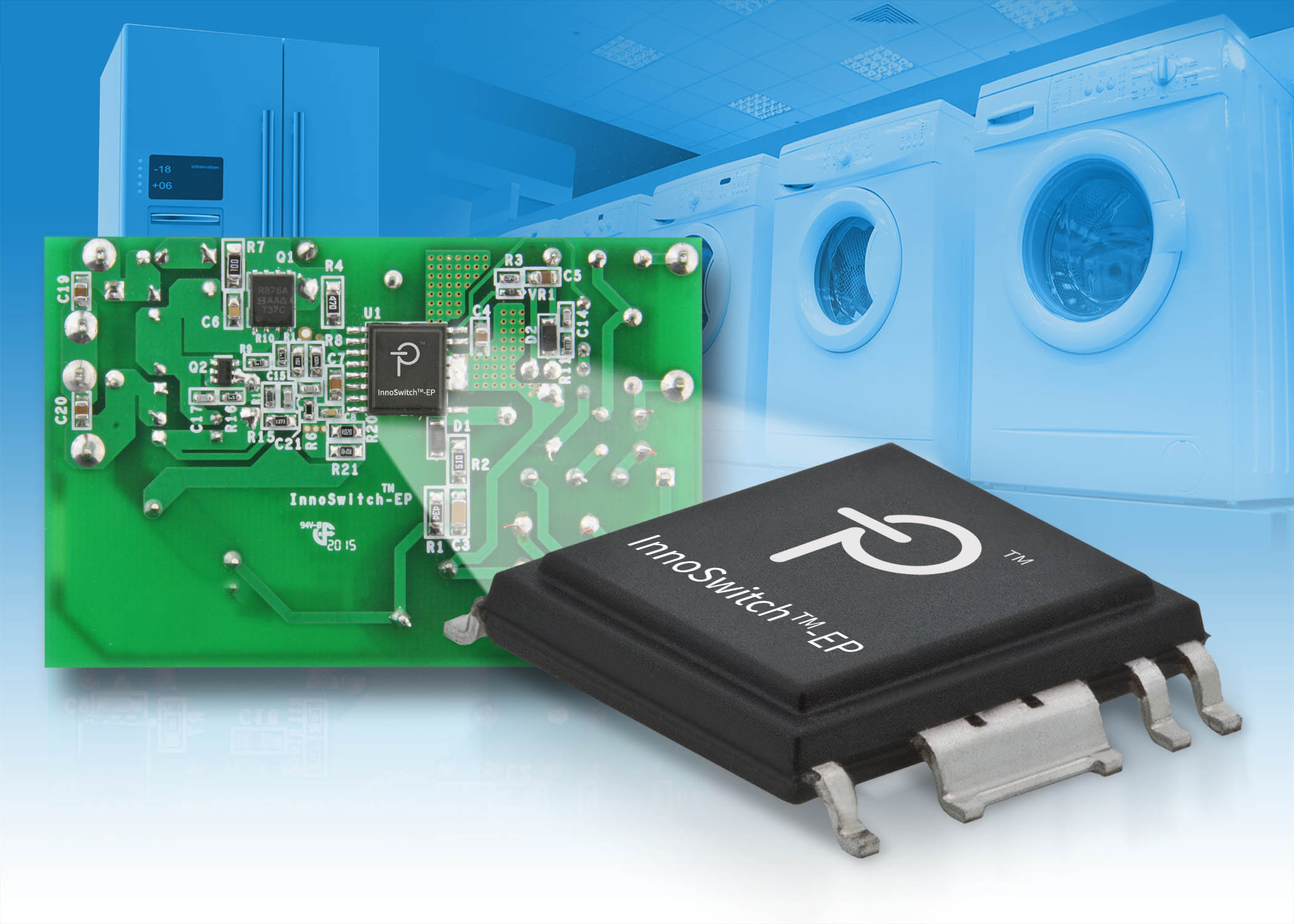Vicor Corporation (NASDAQ: VICR) announced the introduction of a new family of non-isolated, fixed conversion ratio, bidirectional bus converter modules (NBMs). Utilizing Vicor’s Converter housed in Package™ (ChiP) packaging technology, and exploiting technical improvements in magnetic and semiconductor technologies, these NBM™ modules feature improved efficiency and power density when compared to contemporary best-in-class isolated bus […]
Battery Management
Battery management chip sports 700-nA quiescent current
Delivering optimal battery life while reducing power consumption, Texas Instruments introduced a highly integrated battery management solution presenting the industry’s lowest quiescent current (Iq) at 700-nA with the buck converter, operating at 1.8V. The bq25120 features a linear charger, configurable LDO, load switch, buck converter, pushbutton control and battery voltage monitor all in one. The […]
Reference design for charging protocol
ON Semiconductor has introduced a reference design implementing the new Qualcomm Quick Charge 3.0 protocol. The high efficiency, small form factor reference design supports the Quick Charge 3.0 High Voltage Dedicated Charging Port (HVDCP) Class A and Class B specifications, Qualcomm’s next generation of fast charging technology for smartphones and tablets, as well as offering […]
725 V high-efficiency CV/CC flyback switching ICs
Power Integrations announced the InnoSwitch-EP family of off-line CV/CC flyback switching ICs. Featuring an integrated 725 V MOSFET, synchronous rectification and precise secondary-side feedback sensing control, the new IC family delivers excellent multi-output cross-regulation with full line protection and instantaneous transient response with less than 10mW no load consumption. The devices employ the company’s FluxLink […]
Top power electronics threads on EDAboard.com – August
Phase shift full-bridge SMPS is massively over-hyped? – The Phase Shift Full Bridge (PSFB) converter is a hoax. The LTspice simulation (Editor’s note: see post for file) of a “plain” full-bridge SMPS bears this out. PSFB claims to be able to reduce switching losses compared to the “plain” full-bridge SMPS. However, the PSFB does have turn-OFF switching losses, just […]
Battery pack monitor extends operating life of Li-ion batteries
OEMs are moving away from NiCd and lead-acid batteries to embrace the more environmentally friendly Li-ion battery chemistries. Li-ion batteries are smaller, weigh less, and deliver longer battery life, but require monitoring and protection for safe use. Intersil’s ISL94203 3-to-8 cell battery pack monitor functions as a stand-alone battery management system for rechargeable Li-ion battery packs. […]
Battery Types and Operation
I came across an interesting new product recently which made me realize that I take batteries for granted without actually thinking much about how they work. I know they work and the specifications enable me to select them and design them into a product but how do they work? The product that caused my intrigue […]
Double Data Rate (DDR) termination regulators with built-in power MOSFETs
ON Semiconductor has introduced a series of new high performance devices to support double data rate (DDR) memory, the NCP51200, NCP51400, NCP51510, and NCP51199 feature. All the regulators feature a built in Power MOSFETS and are targeted at a wide variety of applications in the computing, data networking, industrial and handheld consumer markets for specific applications […]
Coin Cell dimensional tolerance and battery holders
Competing brands of batteries can have substantially different dimensional specs. Where this dimensional tolerance has an impact is in the battery holder. A coin cell holder must be designed so it can handle normal height variances while at the same time, not accept batteries of a different type. Obviously, the battery holder can’t have a […]
Better barriers make lithium batteries hard to beat
An advanced barrier between the electrodes in lithium-ion batteries could help head off fires and overheating that occasionally arises in laptops or industrial applications. The barrier uses nanofibers extracted from Kevlar. The barrier helps minimize the growth of metal tendrils on battery electrodes that can otherwise lead to electrical shorts. In normal battery operation, there […]









